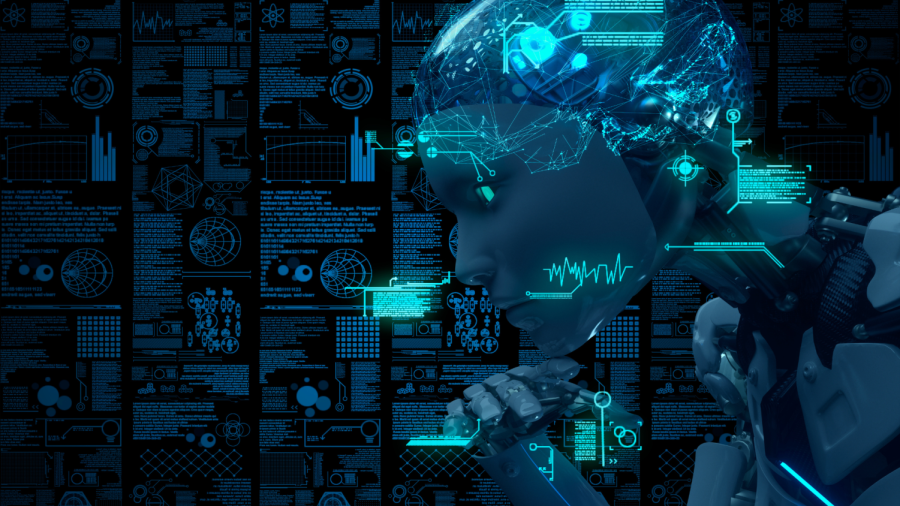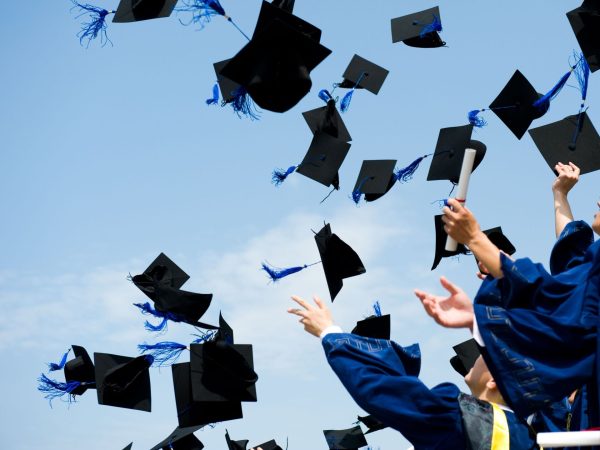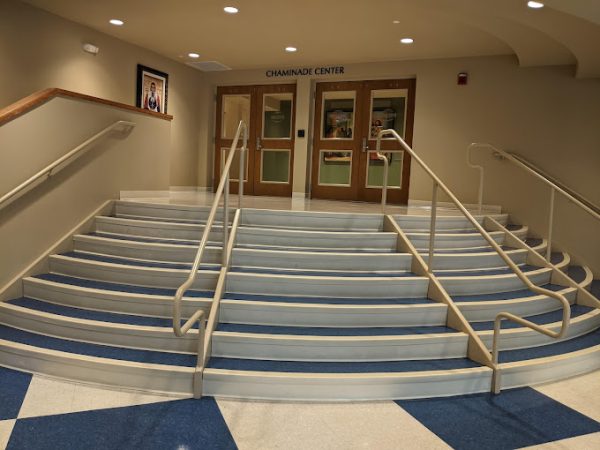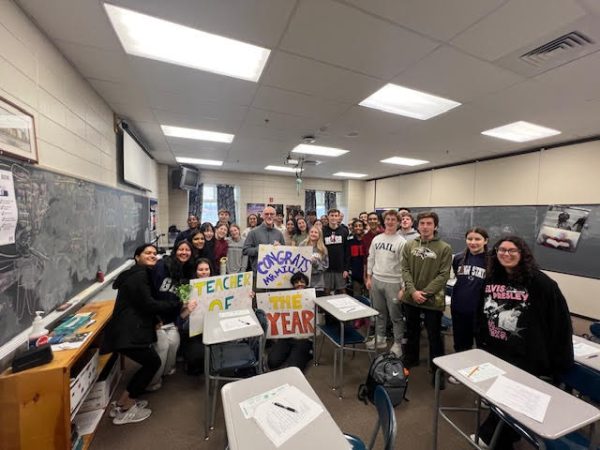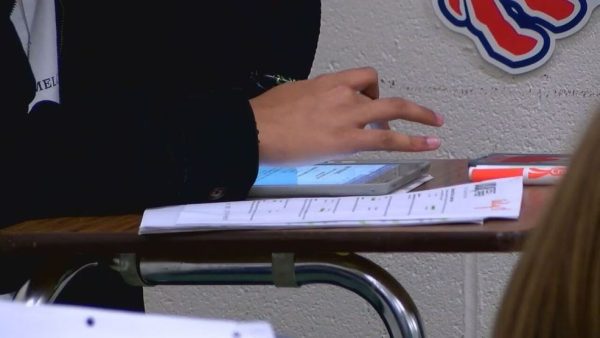AI: A New Danger to Education
Increasingly sophisticated AI Programs make getting away with cheating easier.
Artificial Intelligence (AI) has made cheating in school faster, easier, and more discreet than ever. At MRHS, students and teachers alike have found themselves struggling to combat this new threat.
Artificial Intelligence is a new development in computer technology that enables devices to complete tasks that usually require the intelligence of a human being. Recently, AI has made huge strides in its processing ability, expanding the types of tasks it can complete. In schools, similar technology was always more of an inconvenience rather than a threat. Apps and features like Photomath and Google Translate have always been easily accessible, which provide an easy way out for students to get out of doing their work. These apps are fast, convenient, and often give correct answers, but they have their imperfections and are detected by most teachers
The education system grew accustomed to limiting the use of this technology in schoolwork, but with recent jumps in AI ability, technology has become smarter and more intricate than ever. Websites have adopted AI that can create an entire essay when only given a typed prompt. Pioneering this technological breakthrough is ChatGPT. This website allows students to chat with an AI, ask it questions, and give it prompts to build on. Anyone could ask ChatGPT, “Write me an essay about the major themes in To Kill a Mockingbird,” and within seconds students would have an essay, or at least something substantial to expand on. ChatGPT can also write code and author poems, all depending on what is asked of it. ChatGPT is a huge advancement in AI technology, but it is becoming a growing problem in schools. Recently, it was blocked on all Marriotts Ridge provided Chromebooks, as it was being used to complete schoolwork and aid in cheating.
In response to whether or not he has seen AI being used by students around him, sophomore Vaughn Tralins explained that one of his peers, “just went home and used it to write an essay.¨
AI has also recently made an appearance in art education. Just as AI is able to create essays in seconds, it can instantly generate fully-rendered artworks from referencing man-made pieces. People have already started trying to profit off of AI generated work. After studying art forms and rules their entire lives, many hardworking artists have grown upset at the prospect of AI using their work for reference.
Ms. Shackleflord, Art I and II teacher at MRHS, gave her own insights on the topic.
“Working artist successes help shape the art curriculum… 10 years from now, it’s not too far off to see a curriculum that includes AI generation as a form of art-making,” Ms. Shackleford said.
Though AI is capable of plenty, it cannot compare to man-made creations. It can imitate, but not replicate, for there are much finer details that go into a student’s artwork (and work in general) that separate it from AI. Human error, emotion, and attention to detail being a few… Still, it is believed that computers could eventually replicate those personal touches.
¨I do think that computers will eventually be able to create human error and have emotions… but I do not think it will happen in this century,¨ Ms. Shackleford added.
However, some believe that AI creates art the same way a human would. It processes information, references it, and uses it to make something of its own.
“[AI] is still having its creativity influenced just like everyone else, but at a much more accelerated rate,” sophomore Alex Nguyen argued.
AI technology is becoming a part of our future, especially with it being so difficult to detect and avoid. Its advancements are bound to shape the education system in the near future, all that’s left is to determine how.
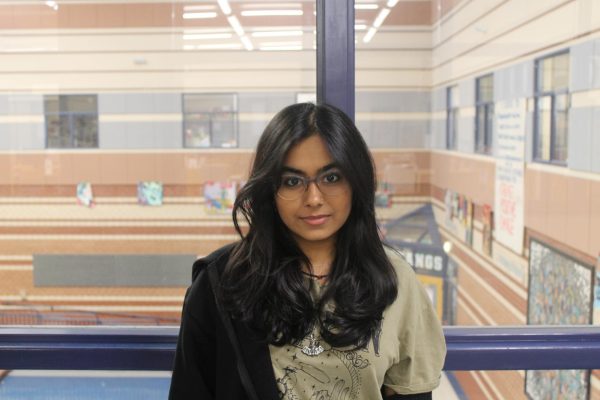
My name is Zoya and I’m a Senior at MRHS. This is my third year of journalism and I’m continuing as an editor; I also help produce the student-led...


